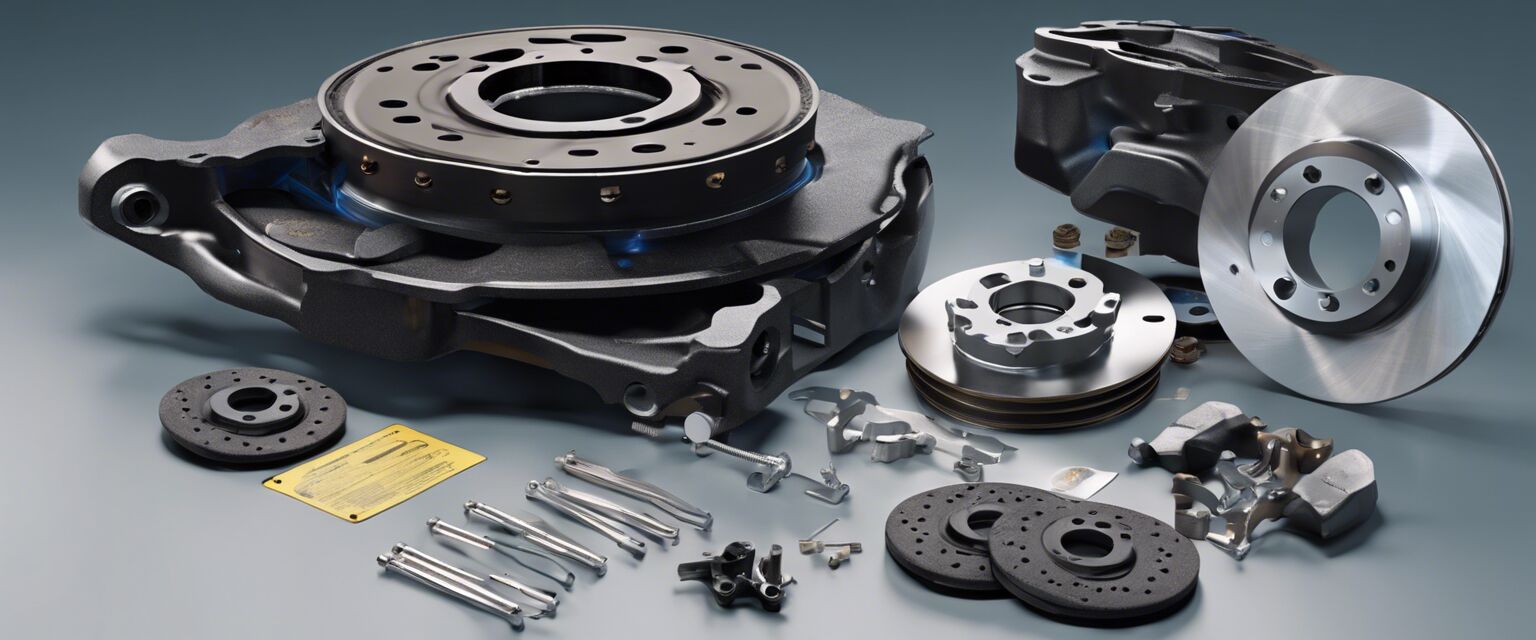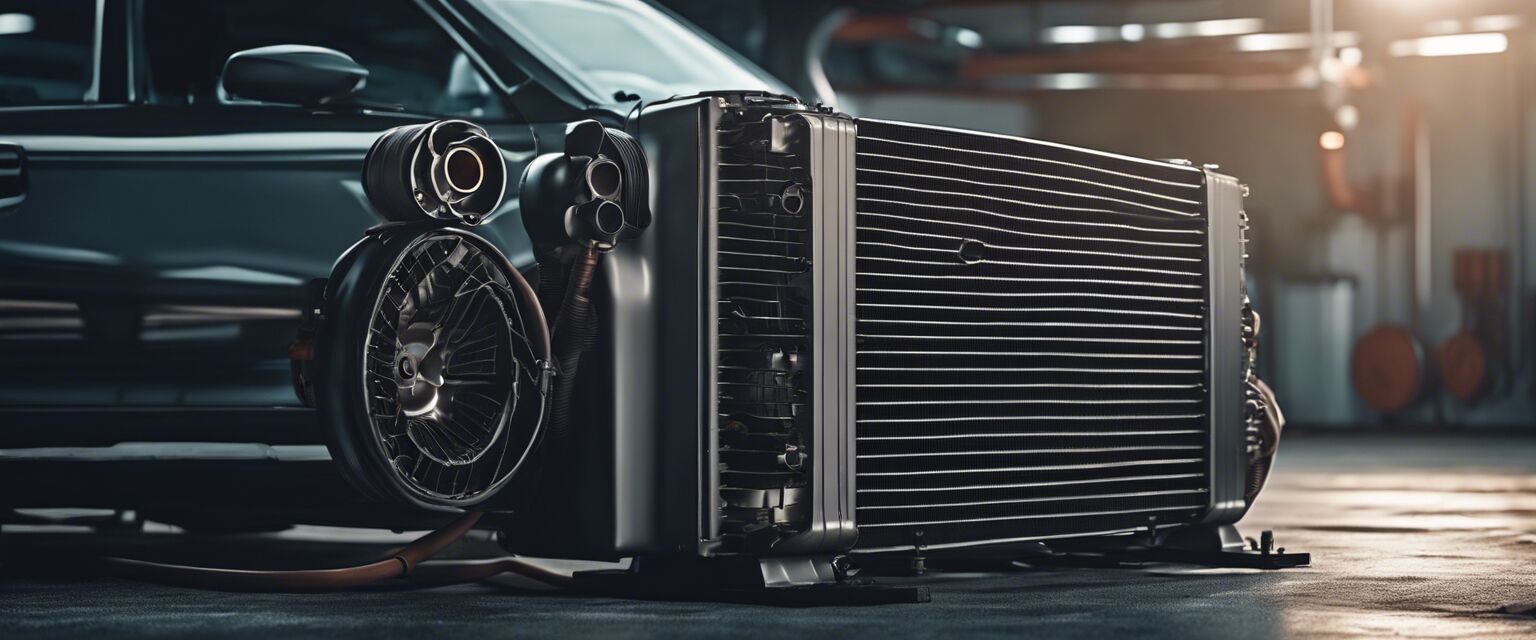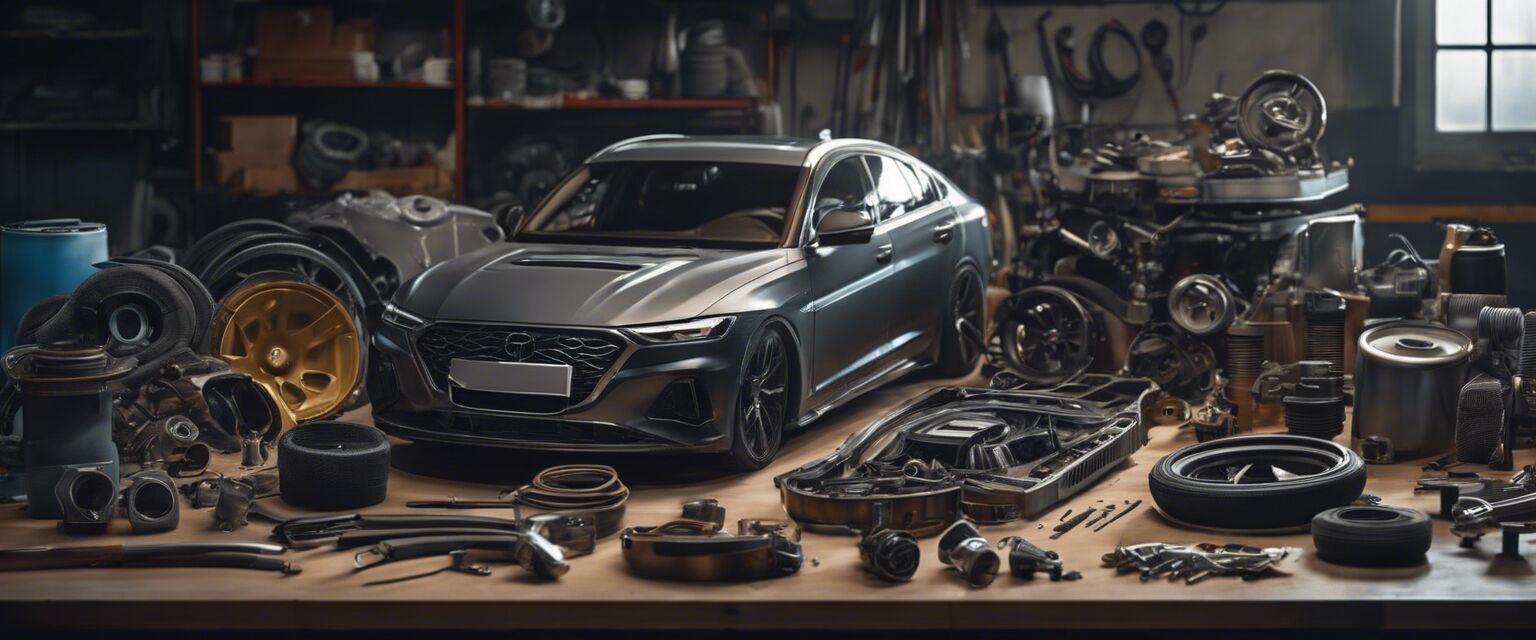
Braking System
Key Takeaways
- A braking system is crucial for vehicle safety.
- Key components include brake pads, rotors, calipers, and brake fluid.
- Regular maintenance can prolong the lifespan of braking components.
- Understanding different braking system types can help in making informed decisions.
The braking system of your vehicle plays a vital role in ensuring both your safety and the performance of your automobile. Whether youâre driving in city traffic or cruising on the highway, effective brakes can mean the difference between an accident and a safe stop. This article will provide detailed information about the various aspects of automotive braking systems, including the different parts, their functions, and maintenance tips to keep them in optimal condition.
Understanding the braking system
Braking systems are designed to slow down or bring a vehicle to a stop. They operate by converting kinetic energy into heat energy through friction. The primary types of braking systems include disc brakes and drum brakes. Here's a closer look at the components involved in these systems:
| Component | Function |
|---|---|
| Brake Pads | Friction material that presses against the rotors to slow down the vehicle. |
| Brake Rotors | Discs that provide a surface for brake pads to contact and create friction. |
| Brake Calipers | Holds the brake pads and applies pressure to them against the rotors. |
| Brake Fluid | Transmits force from the brake pedal to the calipers, creating pressure. |
Types of braking systems
Disc brakes
Disc brakes consist of a brake disc (rotor) and two brake pads. When the brake pedal is pressed, the caliper squeezes the pads against the rotor, thereby creating friction. Disc brakes are known for their superior performance, especially in wet conditions.

Drum brakes
Drum brakes function differently by using a set of shoes that expand against the inner surface of a rotating drum. This type of brake is typically found in older vehicles and rear wheels of modern vehicles due to their ability to provide strong braking performance in compact designs.
Pros of disc brakes
- Better performance in wet conditions.
- Less fading during heavy use.
- More efficient heat dissipation.
Cons of disc brakes
- Tend to be more expensive to manufacture and replace.
- Can be more complex to install.
Maintaining your braking system
Regular maintenance of your braking system is essential to ensure safe driving. Here are some key maintenance tips:
- Check brake fluid levels regularly and replace as necessary.
- Inspect brake pads for wear and tearâreplace them when they are worn down.
- Monitor the condition of your rotors for any warping or grooves.
- Bleed the brakes occasionally to remove any air that may have entered the system.
Signs of a failing braking system
Being aware of the signs that your braking system may be failing is crucial. Look out for the following:
- Unusual noises such as squealing or grinding when braking.
- Increased brake pedal travel or a spongy feeling when pressed.
- Vibrations or pulsations when braking.
- Warning lights on the dashboard indicating brake issues.
Common myths about braking systems
There are many misconceptions surrounding braking systems. Letâs debunk a few:
- Myth: You only need to replace brake pads when they are worn out.
- Fact: Rotors and other components also need to be inspected and may need replacement even if pads are new.
- Myth: Brake fluid lasts forever.
- Fact: Brake fluid should be replaced periodically as it can absorb moisture over time.
Conclusion
Braking systems are an integral part of any vehicle, and understanding how they work can help you maintain them better. Regular inspection and maintenance can ensure your safety on the road. Make sure to pay attention to the signs of wear and to consult your mechanic if you're unsure about the condition of your brakes.
Tips for beginners
- Familiarize yourself with the parts of the braking system.
- Regularly check your brake fluid and pad condition.
- Donât ignore warning signsâact quickly to ensure safety.
- Consult professional mechanics for major repairs or replacements.
Further reading
If you want to learn more about automotive parts and maintenance, check out these related posts:

